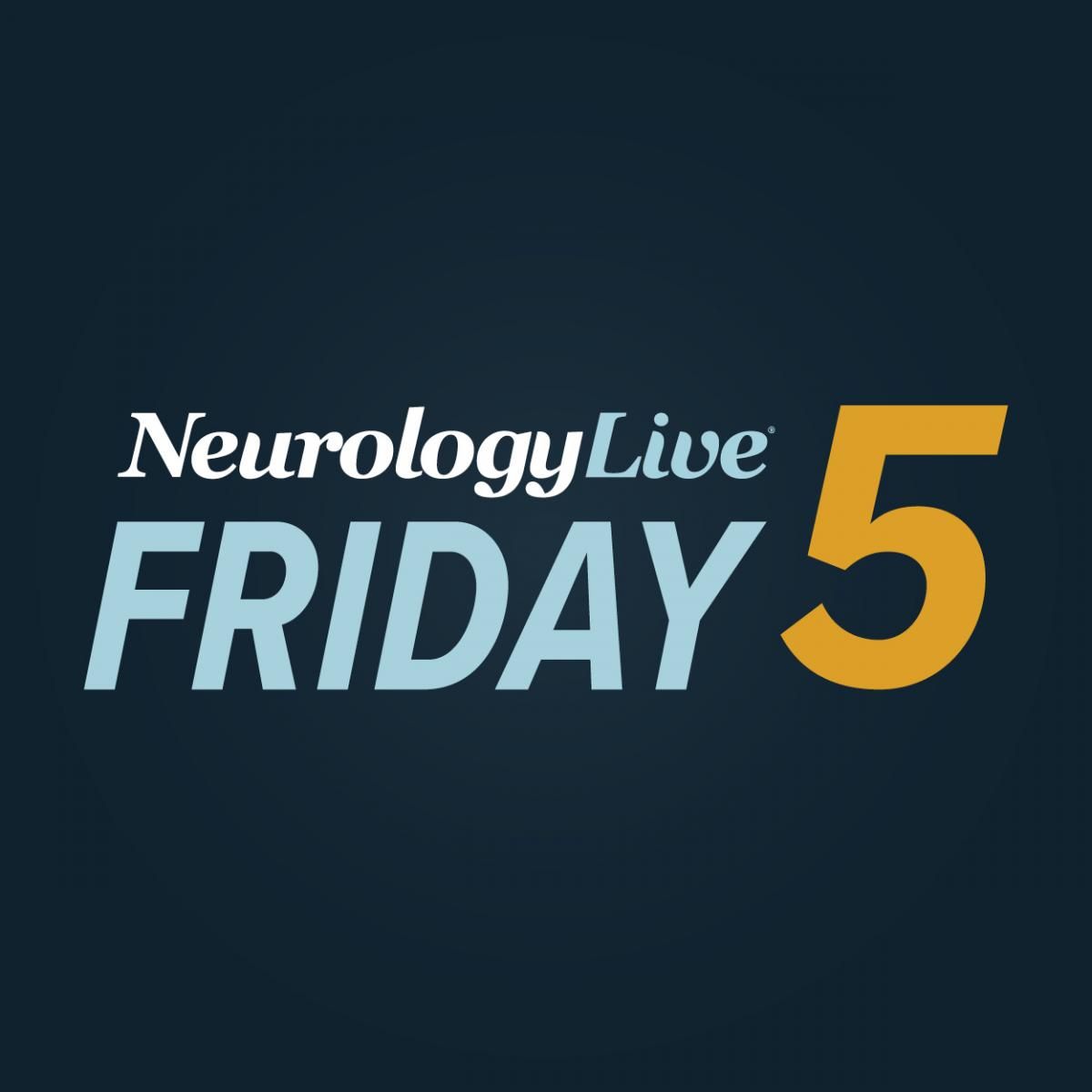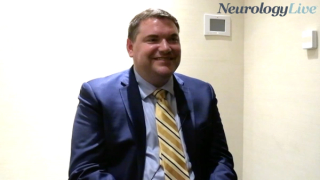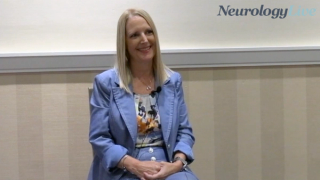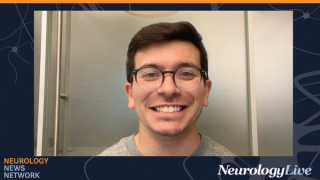
Movement Disorders
Latest News

Latest Videos

CME Content
More News

The assistant professor of medicine at Stanford University highlighted how gastrointestinal dysfunction in Parkinson disease can affect levodopa bioavailability and symptom management. [WATCH TIME: 7 minutes]

Exablate Neuro is a noninvasive, MRI-guided focused ultrasound technology designed to treat targeted brain areas without incisions or implanted hardware, offering a lower-risk alternative to traditional surgery.

The director of movement disorders at the Banner Sun Health Research Institute discussed distinguishing atypical Parkinsonian disorders early and planning care around their complex symptomatology. [WATCH TIME: 4 minutes]

Here's some of what is coming soon to NeurologyLive® this week.

Laren Becker, MD, PhD, a physician-scientist at Stanford University, discussed how gastrointestinal dysfunction and peripheral dopaminergic activity impact Parkinson disease treatment and progression.

Continuous subcutaneous apomorphine infusion significantly reduces OFF episodes and enhances ON time in Parkinson's disease patients, improving overall health status.

Research reveals that delayed-release amantadine significantly reduces Parkinson disease symptoms and medication use, offering patients improved quality of life.
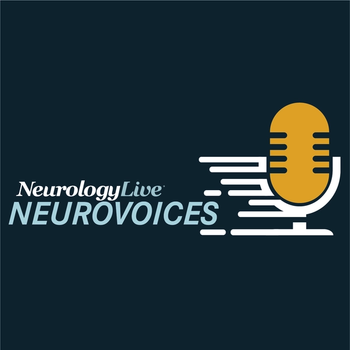
A physician assistant specializing in Parkinson disease shared key clinical considerations for selecting and educating patients about on-demand therapies for the movement disorder.
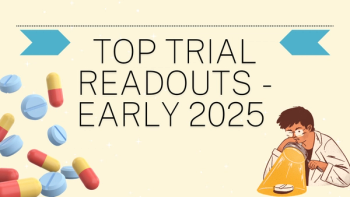
Overviewing the major clinical trial readouts in neurology from the first half of 2025, with data that could reshape patient care.

Here's some of what is coming soon to NeurologyLive® this week.
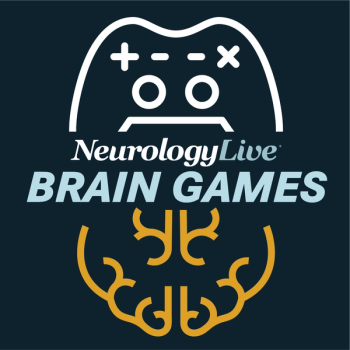
Test your neurology knowledge with NeurologyLive®'s weekly quiz series, featuring questions on a variety of clinical and historical neurology topics. This week's topic is on the ATMRD Congress.

A recent analysis reveals significant links between sleep, quality of life, and daily activities in patients with Parkinson disease, highlighting benefits of Vyalev treatment.

Daniel Irizarry, MD, a former physician and patient living with PD, discussed how hands-on simulation training could enhance clinician empathy and improve treatment strategies.

Continuous subcutaneous apomorphine infusion enhances confidence and reduces treatment burden for Parkinson's patients, improving daily activity engagement.

Cynthia Fox, PhD, CCC-SLP, CEO and co-founder of LSVT Global, discussed the evolution of rehabilitative therapies in PD and stressed early referrals for speech, physical, and occupational therapy.

The design of a phase 2 study, presented at ATMRD 2025, highlighted the trial’s patient-focused approach, allowing patients with Parkinson disease to complete visits either at home or in a clinic.

Skyhawk Therapeutics initiates FALCON-HD trial for SKY-0515, a promising treatment for Huntington disease, aiming to modify disease progression.

Here's some of what is coming soon to NeurologyLive® this week.

Roche advances prasinezumab into phase 3 trials for Parkinson disease, aiming to explore its potential as a disease-modifying treatment.

Here's some of what is coming soon to NeurologyLive® this week.

Daniel Mikol, MD, PhD, chief medical officer at NervGen Pharma, provided clinical perspective on recently announced positive findings from a phase 1b/2a trial testing NVG-291 as a treatment for spinal cord injury.

Mind Moments®, a podcast from NeurologyLive®, brings you an exclusive interview with Rajesh Pahwa, MD. [LISTEN TIME: 15 minutes]

Here's some of what is coming soon to NeurologyLive® this week.

Here's some of what is coming soon to NeurologyLive® this week.
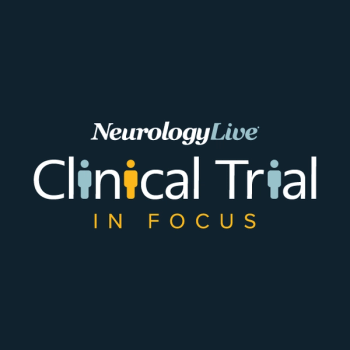
The phase 2 trial tests Roche’s investigational antisense oligonucleotide therapy tominersen in patients with early stages of Huntington disease, a disease with no FDA-approved therapies available.


